The present work happens to be the second volume in the series titled Cross-currents of Indian History and Culture. It has two parts. The First deals with the celebrated Gupta Age covering the years A.D. 320 to A.D. 750. The period under review has been hailed as the ‘Classical’ or ‘Golden’ Age of India. It was dur8ntg this epoch that the norms of Indian literature, art, architecture, sculpture and painting were established. The period saw an all-round efflorescence of Indian genius in various spheres of life. A poet like Kalidasa flourished during this period and Indian Cultural spread in far off countries such as China, Central Asi, South-east Asia and west Asia. Chienese pilgrims like Fa-hien, Hiuen Tsang and I-tsing visited the holy land of their faith and left their accounts of India which constitute valuable sources for understanding the life of that age. The achievements of the rulers like Samudragupta. Harshavardhana and Pulkesin II will do pride to any nation. The Vakatakas of the deccan, the Chalukyas of Bafdami and the Pallavas of South India set up powerful empires of long duration. The Second Part covers the post-Gupta period commencing from A.D. 750 and culminating in A.D. 1192, when India lost her freedom and its last independent Hindu ruler Prthviraj Chauhan of Ajmer was captured by the Muslims invader Muhammad Ghauri and put to death. The period under review witnesses the rise and fall of three major empires, the Palas, the Rashtrakutas and the Pratiharas. There arose in Rajasthan and Central India a number of small Rajput kingdoms under Chandelas, kalachuris, Paramaras, Abhiras, Chaha-manas, Guhilas, Tomars and Gangas. There was no strong central authority during this period. This was the principal reason of India’s collapse at the hands of the foreign invaders.
The Gupta Period and Beyond: A.D.320 -A.D. 1200
$32.40
$36.00
In stock
Free & Quick Delivery Worldwide
All orders amounting to US$ 50 or more qualify for Free Delivery Worldwide. For orders less than US$ 50, we offer Standard Delivery at $14 per book.
ABOUT THE AUTHOR A N Kapoor
A.N. Kapoor After obtaining M.A., D.Phil, in English from Allahabad University, Dr. Kapoor taught English at Agra and Delhi Universities for over four decades and has edited, compiled and authored more than hundred titles including reference books, encyclopaedias and language dictionaries. His dictionary of geographical terms published in 1955 was the first work of its kind in Hindi. His comprehensive English-Hindi dictionary stands as the crowning work of the four decade long effort. The lexicon is considered a work of tremendous relevance for the entire gamut of bilingual activity, being undertaken in the country as almost all levels of our social system, educational institutions and government department.
ABOUT THE AUTHOR Mohini Gupta
A constant collaborator in the intellectual pursuits of her husband V.P. Gupta she is co-author in a number of his publications including an Encyclopaedia of History and Culture of Punjab, and biographical studies of Raja Rammohun Roy, Swami Dayaand Saraswati, Lokmanya Bal Gangadhar Tilak, Lala Lajpat Rai, Gopal Krishna Gokhale, Mahatma Gandhi, Sardar Vallabhbhai Patel and Dr. B.R. Ambedkar. A two-volume study of India since independence critically examines the triumphs and tragedies of Indian people during the last fifty five years. These books brought out in both the languages - English and Hindi - have been widely acclaimed as the harbinger of awareness about the ideals of our freedom struggle.
reviews
0 in total
Review by Anonymous
Be the first to review “The Gupta Period and Beyond: A.D.320 -A.D. 1200” Cancel reply
You must be logged in to post a review.
Bibliographic information
Title
The Gupta Period and Beyond: A.D.320 -A.D. 1200
Author
Edition
1st ed.
Publisher
ISBN
8174874267
Length
xvi+301p., Index; 23cm.
Subjects
more by A N Kapoor see more
more by Mohini Gupta see more
more by V P Gupta see more
similar bookssee more
White & Black: Journey to the Centre of Imperial Calcutta
Globalisation has made a ...
$140.40
$156.00

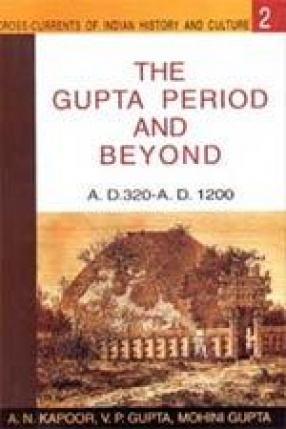
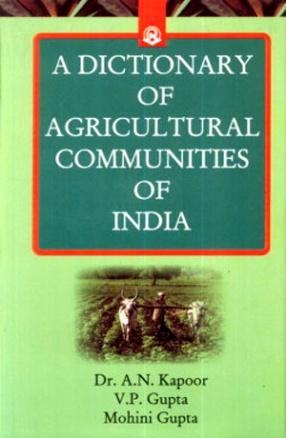
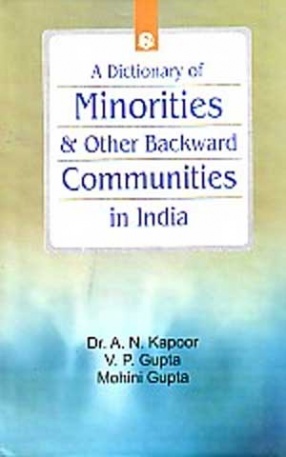

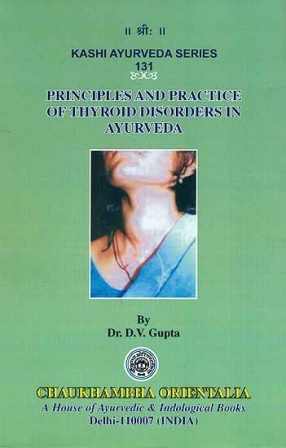
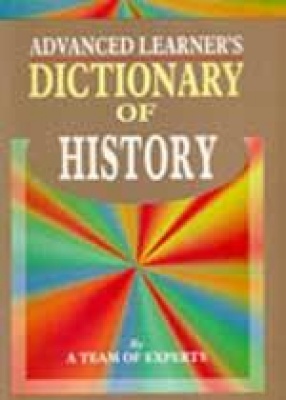
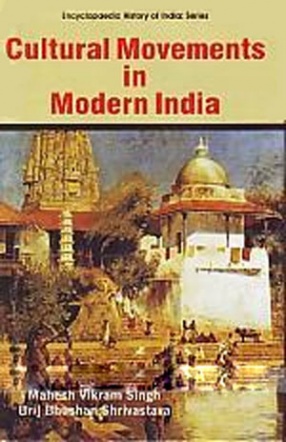
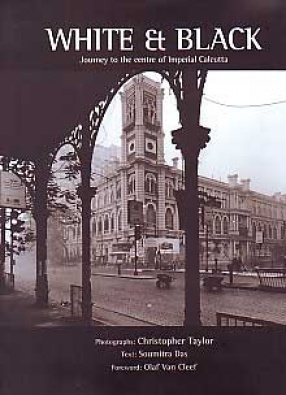
There are no reviews yet.